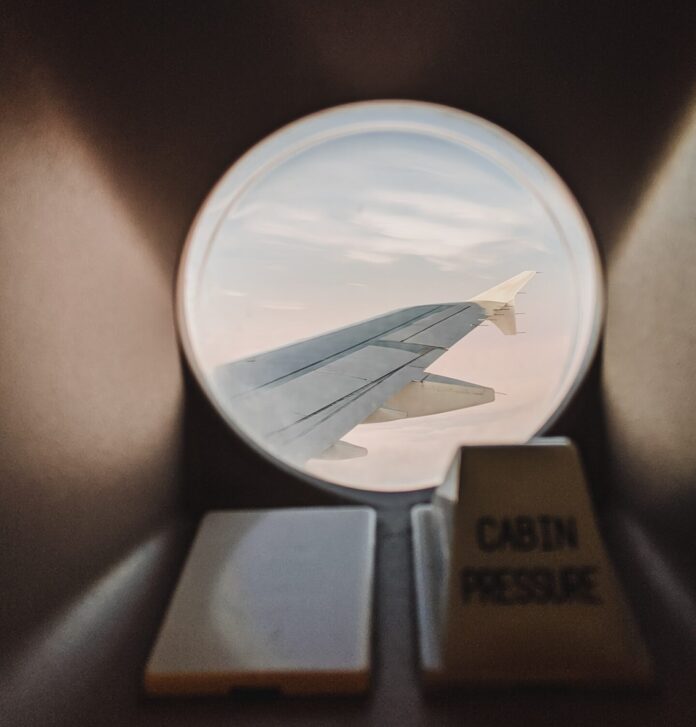Turbulence is caused by changes in the flow of air around the aircraft. There are several factors that can lead to turbulence, and understanding them might help ease your nerves when the next airplane you’re on gets shaky.
Weather Patterns
Turbulence is commonly associated with weather conditions such as thunderstorms, frontal systems, or jet streams. These phenomena create pockets of turbulent air due to the mixing of different air masses with varying temperatures, humidity, and wind directions.
Mountains and Terrain
Flying over mountainous areas can also create turbulence as the wind interacts with the rugged landscape, causing eddies and updrafts.
Jet Wake Turbulence
When larger aircraft fly through the air, they generate wake turbulence, which can be felt by smaller planes flying behind them.
Clear Air Turbulence (CAT)
This type of turbulence occurs at high altitudes in clear air without any visible cloud formations. It’s often associated with jet streams, which are narrow, fast-moving air currents in the upper atmosphere.
Despite the bumpy ride, airplanes are designed and equipped to handle turbulence safely. The wings and fuselage of modern aircraft are built to withstand considerable stress and pressure variations. Airplanes undergo rigorous testing during their design phase to ensure they can withstand a wide range of turbulence conditions.
@ellesuissa Thanks @Anna Paul but I’m still scared #turbulence #airplanetiktok #fearofturbulence ♬ original sound – Elle Suissa
Moreover, pilots are extensively trained to respond to turbulence appropriately. They have a deep understanding of aerodynamics and the aircraft’s performance capabilities, allowing them to make necessary adjustments to minimize the impact of turbulence.
During turbulence, the plane’s autopilot and flight control systems continuously work to maintain stability. The flight control surfaces, such as ailerons, elevators, and rudders, respond to the pilot’s inputs and automated systems, ensuring the aircraft stays on its intended flight path.
@mypilotlife Share this to anyone who has a fear of turbulence during flight ✌️ #aviation #avgeek #cockpit #fyp #pourtoi #fear #flying #scary #turbulence #learnontiktok #mypilotlife #trending ♬ original sound – MyPilotLife
In rare cases of severe turbulence, modern aircraft are equipped with sensors that detect excessive forces. When encountered, the pilots can adjust the altitude or speed to find smoother air or follow air traffic controllers’ instructions to navigate around turbulent areas.
As you now understand, turbulence is a natural and common occurrence during flights, caused by changes in air movement. While it can be uncomfortable, airplanes are designed to handle turbulence safely, and experienced pilots are well-trained to manage these situations. Next time you experience turbulence during your flight, rest assured that the aircraft and the flight crew have everything under control to ensure a safe journey.

